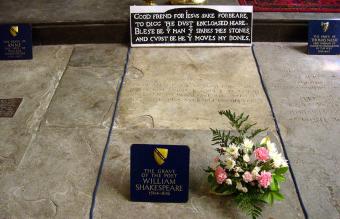
Understanding the cremation process can help you make an informed decision about end-of-life choices for yourself or a loved one. Although the process can seem daunting or confusing, there are a few basic steps and procedures that can help you grasp this process.
Arranging the Cremation
To organize a cremation, first reach out to a crematory or funeral home to arrange for it to be done. They will give you appropriate forms and let you know next steps. This will include:
- Having a doctor give you a medical note stating the cause of death or death certificate
- Organizing the funeral if wanted
- Arranging for the body's transportation to the funeral home or crematory
- Signing the cremation form authorizing the process for yourself or a loved one
- Selecting the casket for the deceased to be placed in during the process, as well as the urn for the remains
If you have any questions or feel overwhelmed, a funeral director will be able to assist you with plans, as well as paperwork. If you are arranging for the cremation yourself, you can ask family members or friends to help you with the planning, but if you are the executor or next of kin, you will need to do the cremation paperwork yourself.
The Cremation Process
Once the crematory has been authorized to preform their services, the deceased individual will be given some sort of identification tag to wear until it's time to go into the retort. The cremation process takes around two hours until the deceased's remains will be given to you in the form of ashes. The average cost of a cremation is around $1,100, although prices will vary depending on added services and location.
Video: by Mount Pleasant Group, MPG Toronto
Prepping the Body
The body is typically cleaned, jewelry is removed if requested, and then the deceased is redressed. Be sure to bring along clothing you'd like them to wear during the cremation process. Embalming is not typical, but can be requested. Once the body is ready, it is moved to a casket.
Moving the Body to the Casket
You may pick the casket for the deceased individual beforehand, or request that the crematory have one for you. All caskets are combustible and may be made of wood or cardboard. A professional at the crematory will gently move the body from the prep area into the casket where it will then be transferred to the retort.
On to the Retort
In some circumstances, a few individuals will be able to witness the cremation of their loved one. Ask ahead of time so you know what to expect on the day of the cremation. Once in the retort, a brick chamber, temperatures can get up to 2,000 degrees Fahrenheit.
Transferring to the Urn
Once the process is complete, the deceased's remains are ground and moved to an urn or vessel for you to keep. Remains are made up of mostly bone. You may want to pick an urn ahead of time, or the crematory can provide one for you. Keep in mind this will most likely be an added charge unless they've disclosed that an urn is included in their base price.
What to Do With the Ashes
Deciding what to do with the ashes is a very personal matter. You may want to scatter them in a special place, or choose to keep them in the urn and placed somewhere meaningful in your home. If you do choose to scatter the ashes, be sure to check with the property owner or city for permission to make sure that it is legal to do so at the intended site.
Exploring the Option of Cremation
Learning more about the cremation process can help you make an informed decision when it comes to end-of-life plans. Understanding the process may also remove any questions you may have allowing you to make arrangements for yourself or a loved one.







